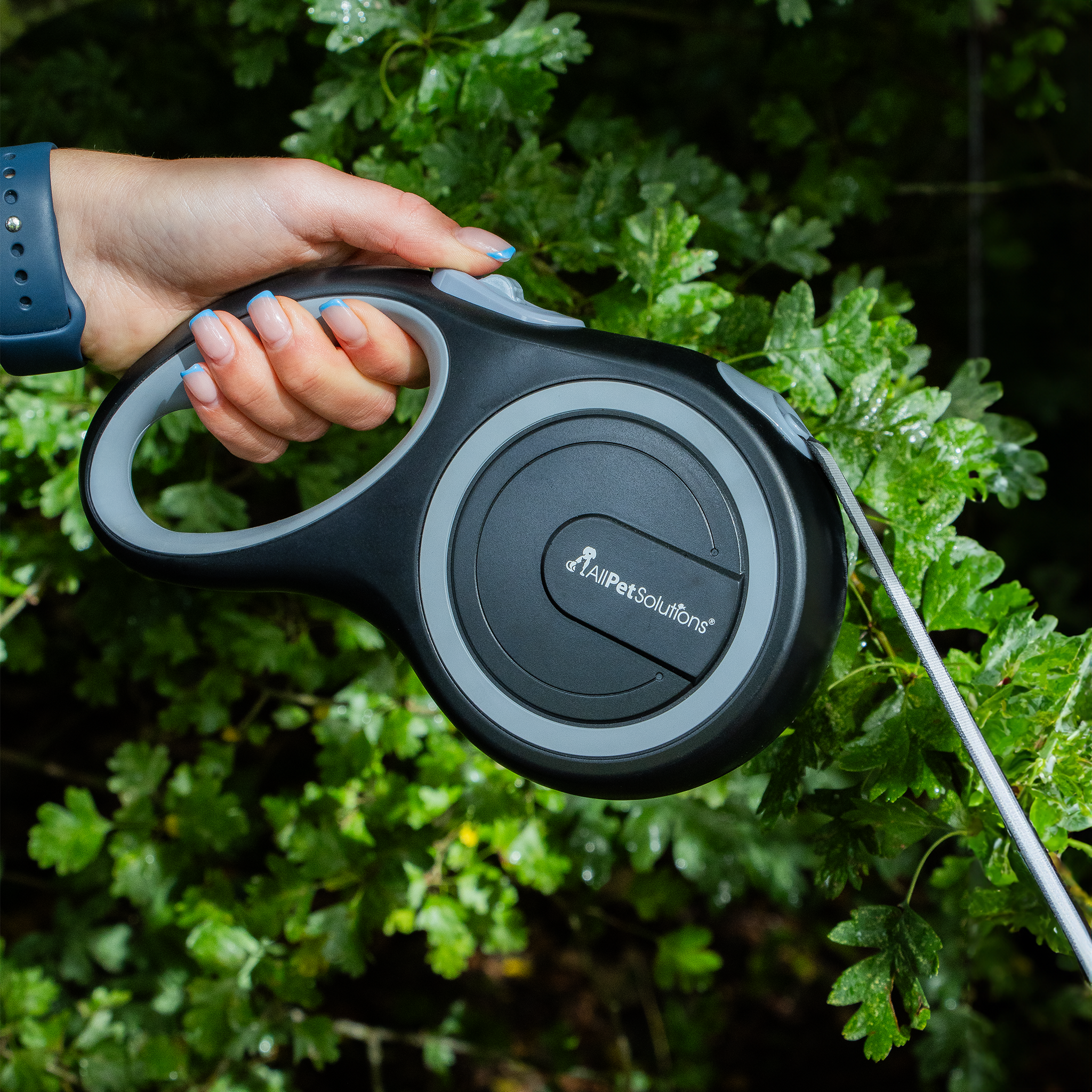How to Tell if Your Pet Has Fleas/Ticks and What Treatments Are Best
Fleas and ticks are not only an itchy irritation to your dog or cat, but they can also be a threat to your pets’ health. These small, sneaky pests can sometimes go unnoticed until they have already multiplied or had their fill. Fleas can cause skin allergies, anaemia as well as pass on tapeworm to our pets. Ticks can be carriers of diseases such as Lyme disease and tick-borne fever. This is why spotting the signs early and knowing what treatments and preventatives to use are important for our cat or dogs health.
Flea Life Cycle
A single female Flea can lay up to 2,000 eggs in her short three-week life, so it is very easy for the environment to become infested. Once laid, the eggs will fall off the host and into the surrounding environment where they will hatch into Larvae, these will feed on organic matter in the environment and then pupate into an adult flea. Once hatched a flea will start searching for a host. The lifecycle can take slightly longer under cooler climates and conditions but generally takes between 3-4 weeks.
Signs Your Pet May Have Fleas
As fleas are very tiny, it can be difficult to spot them on your pet. Some signs to look out for are:
• Excessive or abnormal licking, scratching and biting
• Bald patches from excessive scratching
• Flea dirt – this is the fleas’ faeces
• Pale gums or anaemia
• Dandruff
Signs of Ticks to look out for
Ticks are almost spider-like in appearance; they are around 1cm in size before they bite. Once engorged with blood they can quadruple in size. They are most likely to occur in areas where there is abundant livestock and they tend to appear around spring autumn time. Ticks do not jump onto the host but are simply transferred by your cat or dog brushing against the foliage.
• Look out for bumps – once on the host, a tick will bite down and hang on, they become engorged with blood and appear like a small bump or mole on the skin.
• They like to attach around areas of thinner fur, so check around the head, ears, neck, legs and feet after walks.
Tick Removal
Tick removal can be a little tricky, you need to ensure that the ticks head and “pincers” are removed correctly or they can become embedded in your pet which can lead to infections. Most pet shops will have handy tick removal devices, or you can twist the tick off by hand.
Diseases ticks carry Ticks are not only a nuisance; they can also transmit diseases in their bite, so it is important that the tick is removed one found. A single tick can carry any of the following:
- Lyme disease (can also be caught by humans)
- Tickborne fever
- Louping ill
- Redwater Fever
There are more diseases noted in America and some that only affect animals such as cattle and sheep.
Flea and Tick Treatments, How They Work and Effectiveness
Oral Tablet – Oral tablets often target Ticks as well as fleas. These work on cat fleas and dog fleas. Each brand will have different chemical ingredients that are insecticide. These can come in handy chewable forms or a dispensable pill. When the adult flea or tick bites your pet the medicine will be ingested. Some tablet medications last a few days whereas others can last up to a month. It is often best to consult with your vet which tablet is best for your pet.
Spot On Treatments – Flea Treatments are applied directly onto your pets’ skin, usually between the shoulder blades or high on the back of the neck to avoid your pet reaching and licking it. These medicines work in the same way in that they enter your pets’ bloodstream and are ingested by the flea or tick, some also work as a repellent as they have a smell to them. Most spot-on treatments last up to a month.
Collars – Flea and tick collars work to repel and kill, much the same way as the topical and tablet. They secrete a medication that seeps into your pets’ fat or is transported via natural skin oils. The flea will need to either come into contact with the medication or ingest your pets’ blood to be killed. Caution is advised around children if your dog is wearing a collar, the chemicals could be painful to eyes, mouth and skin.
Shampoos – Flea and tick shampoos are a specially medicated shampoo that has the ingredients/insecticides to kill fleas and ticks directly. The shampoo will kill off any current offending fleas or ticks on your dog at the time of the shampoo. It is best left on the coat for 10-15 minutes before rinsing off. This will need to be repeated weekly as it will not control Fleas or Ticks that jump on your dog after the bath, unlike most other medicines.
Homeo Products – Homeo treatments are natural insect replants without any of the potentially harmful chemicals and pesticides you find in most other treatments. A lot of these treatments are topical and contain ingredients such as Garlic, Peppermint, Almond oil and Cedar which are all natural Flea and Tick deterrents. Always follow the dosage instructions on the box or what is recommended by your vet, flea treatments for cats and flea treatments for dogs can vary so ensure you are using the correct treatment for your pet.
How Can I Prevent Fleas and Ticks?
Prevention is always the best cure!
• Keep up to date on monthly flea and tick treatments
• Avoid tick-infested areas, such as long grass and heavily wooded areas
• Keep the grass in your garden short
• Keep your carpet and rugs well vacuumed
• Keep your dog or cat away from infected pets
• Have your pet wear a flea collar
• Regularly groom and inspect your pet for any signs of fleas or ticks
• If you have multiple pets in the house, treat them at the same time
• Wash your pets bedding regularly

